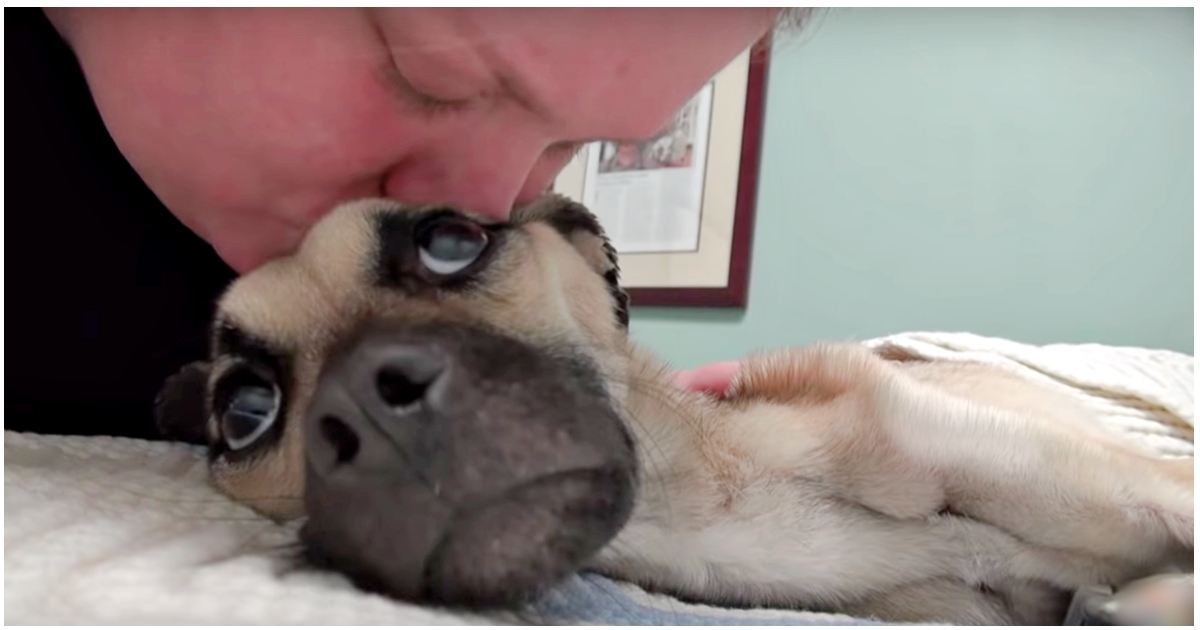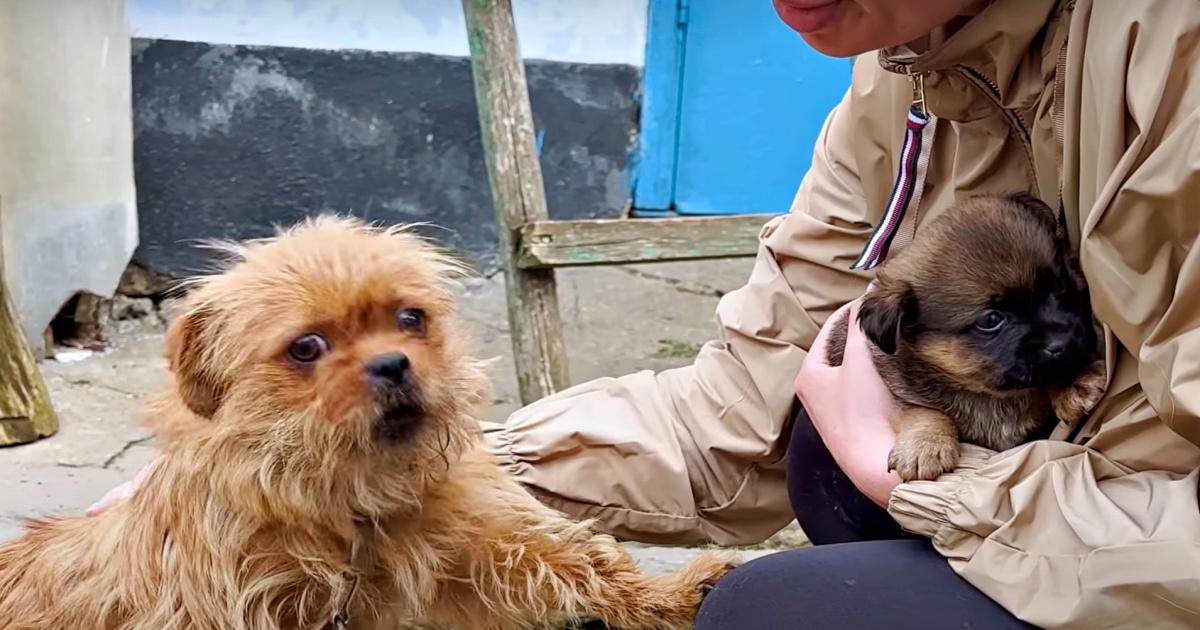Science shows that dogs learn to form mental representations of words, shedding light on why they … [+]
getty
Nothing quite captures the heart like videos of dogs appearing to understand human language. Scroll through any platform, and you’re bound to find countless clips of pet owners testing their dogs’ comprehension, stringing together sentences with all their pet’s favorite words—walk, ball, park, food—to elicit those adorable head tilts and excited barks.
From afar, it seems like these furry friends have mastered the art of associating certain sounds with certain outcomes; say “sit,” and they know a treat is on its way for complying. But this understanding of words as mere triggers for actions might only scratch the surface of how dogs process our language.
As it turns out, all dogs seem to be capable of forming mental representations of words, demonstrating a deeper level of linguistic comprehension that is not altogether different from how humans understand and process language, according to a recent study published in Current Biology.
How Are Humans And Dogs Similar When It Comes To Mental Representations Of Words?
In human language understanding, an effect called “the N400” plays a crucial role. It’s a response in the brain that happens around 400 milliseconds after a person hears or reads something that doesn’t match up with what they were expecting, based on the context.
For instance, if you’re reading a sentence about a cat playing with a “shoe,” but suddenly the word “apple” pops up instead, your brain might show an N400 response because “apple” doesn't fit the expected context. This response is a well-established marker for semantic processing, meaning it shows how our brains deal with meanings and associations between words and concepts.
The fascinating part about this recent study is that it applied this concept, which has been well-studied in humans, to dogs. By using a similar approach—comparing brain responses to matched and mismatched words and objects—the researchers were able to observe an effect in dogs that resembles the human N400 effect. This means when dogs hear a word that they expect to be linked with a certain object, and then see something else, their brains show a distinct response, suggesting they were expecting the matching object based on the word they heard.
Regardless of their “vocabulary” size, dogs understand that words refer to specific objects. This … [+]
getty
This finding is groundbreaking because it provides the first neural evidence that dogs, much like humans and preverbal infants, are not just reacting to sounds or performing trained behaviors. Rather, they actually understand, on some level, that words refer to specific objects in their environment. This discovery significantly deepens our understanding of how dogs process human language and suggests that the capacity for referential understanding of words might not be unique to humans.
How Did The Researchers Discover This?
Traditionally, to test if those without the ability to speak—like infants or animals—understand words, researchers have relied on asking them to make an active choice. For example, dogs might be asked to fetch a specific object after hearing its name. However, these tests often show that dogs fetch objects correctly at a rate no better than chance, suggesting they might not truly understand the words.
Seeking a deeper insight into dogs’ comprehension of human language, the researchers in this study took a novel approach. Instead of relying on physical actions like fetching, they decided to measure the brain activity of dogs using a non-invasive technique known as electroencephalography. An EEG allows scientists to observe how the brain reacts to different stimuli without requiring any physical response from the subject.
In their experiments, the owners of 18 dogs would say the name of a toy the dog was familiar with and then either present the matching toy or a different one. For instance, an owner might say, “Look, the ball,” and then show either a ball or a different object, while the dog’s brain activity was recorded. This setup was designed to see if the dogs’ brains reacted differently when the object presented matched the word they heard versus when there was a mismatch.
The EEG recordings revealed distinct patterns of brain activity in dogs when they were shown the object that matched the word they heard, compared to when the object didn’t match.
Interestingly, the study also found that this capacity for understanding wasn’t limited to dogs with a large vocabulary of object names. Even dogs with a smaller number of known words showed this brain activity pattern, indicating that the ability to form mental representations of words and understand their referential nature is a widespread trait among dogs, not just a skill of a few exceptionally trained individuals.
What Does This Discovery Mean For Humans?
This discovery that dogs can understand words in a way similar to humans shakes up our views on language’s uniqueness. It suggests that the ability to link words with meanings might not be exclusively human, affecting theories on how language evolved. For dog owners, it’s a revelation—our furry friends likely grasp more than we realize, understanding some words as we do, not just following commands.
This research raises questions about whether this linguistic capability is unique to dogs or if other animals share it, hinting at broader implications for our understanding of animal intelligence and the origins of communication. It challenges us to rethink the cognitive abilities of non-human species and their potential for language-like understanding.









